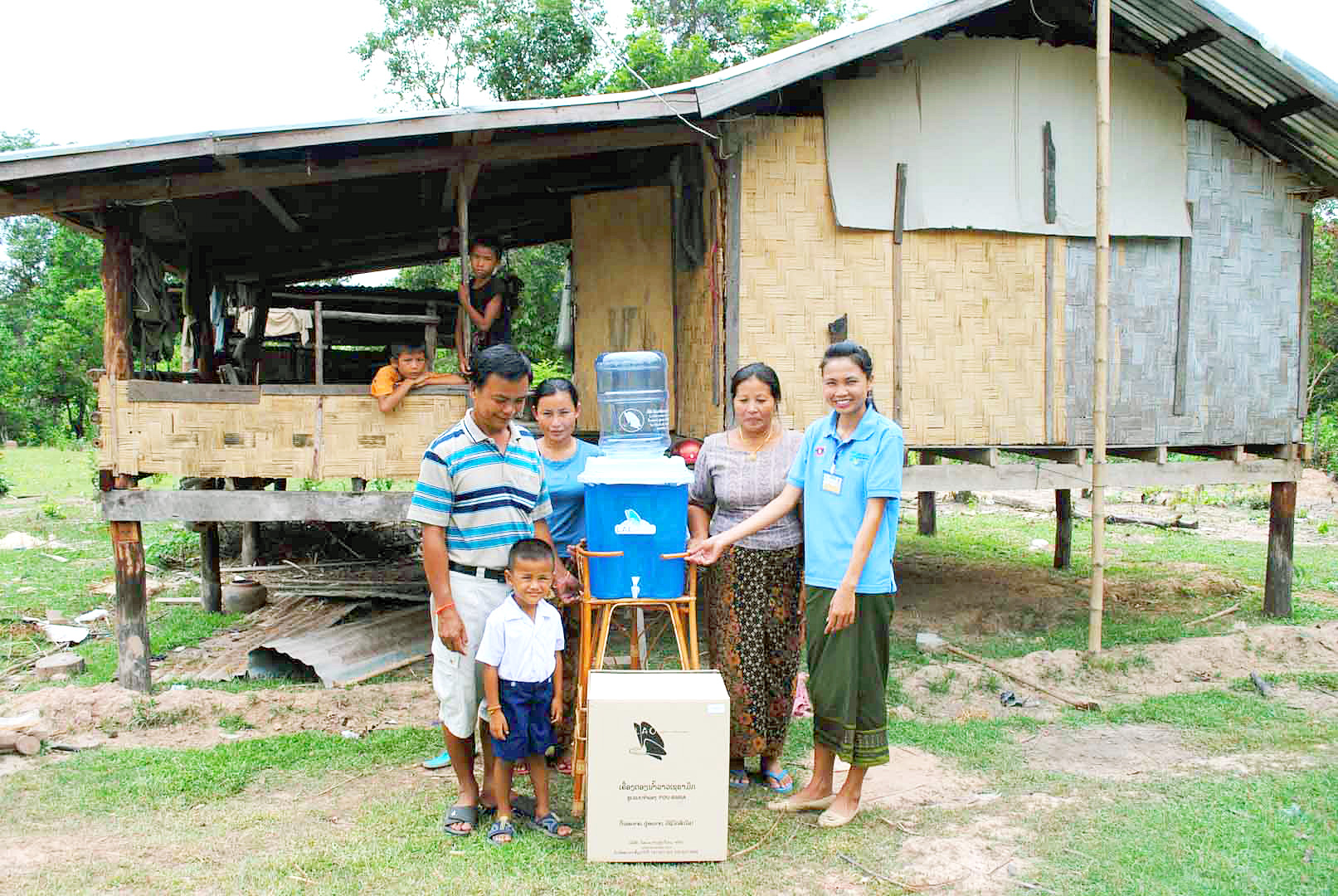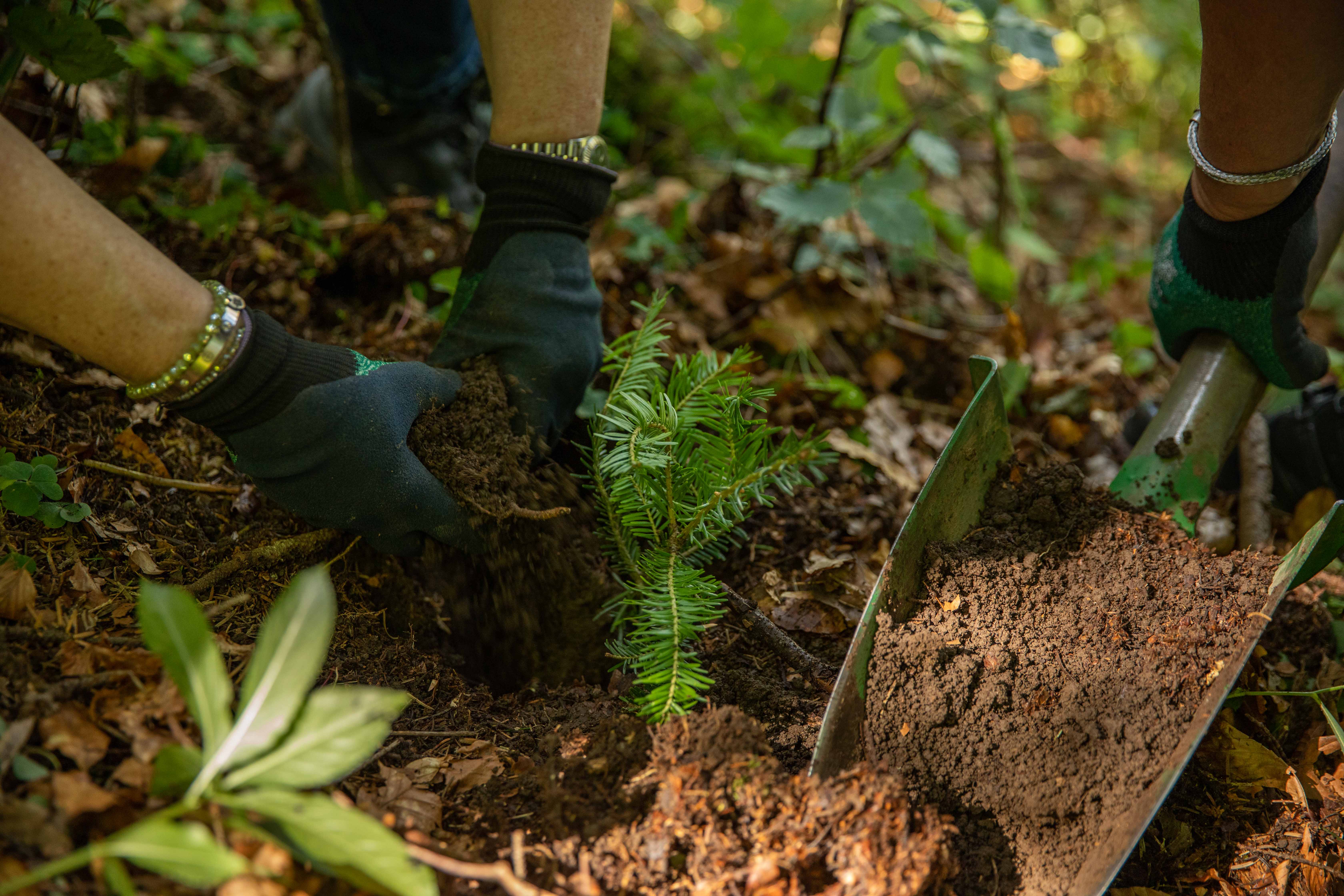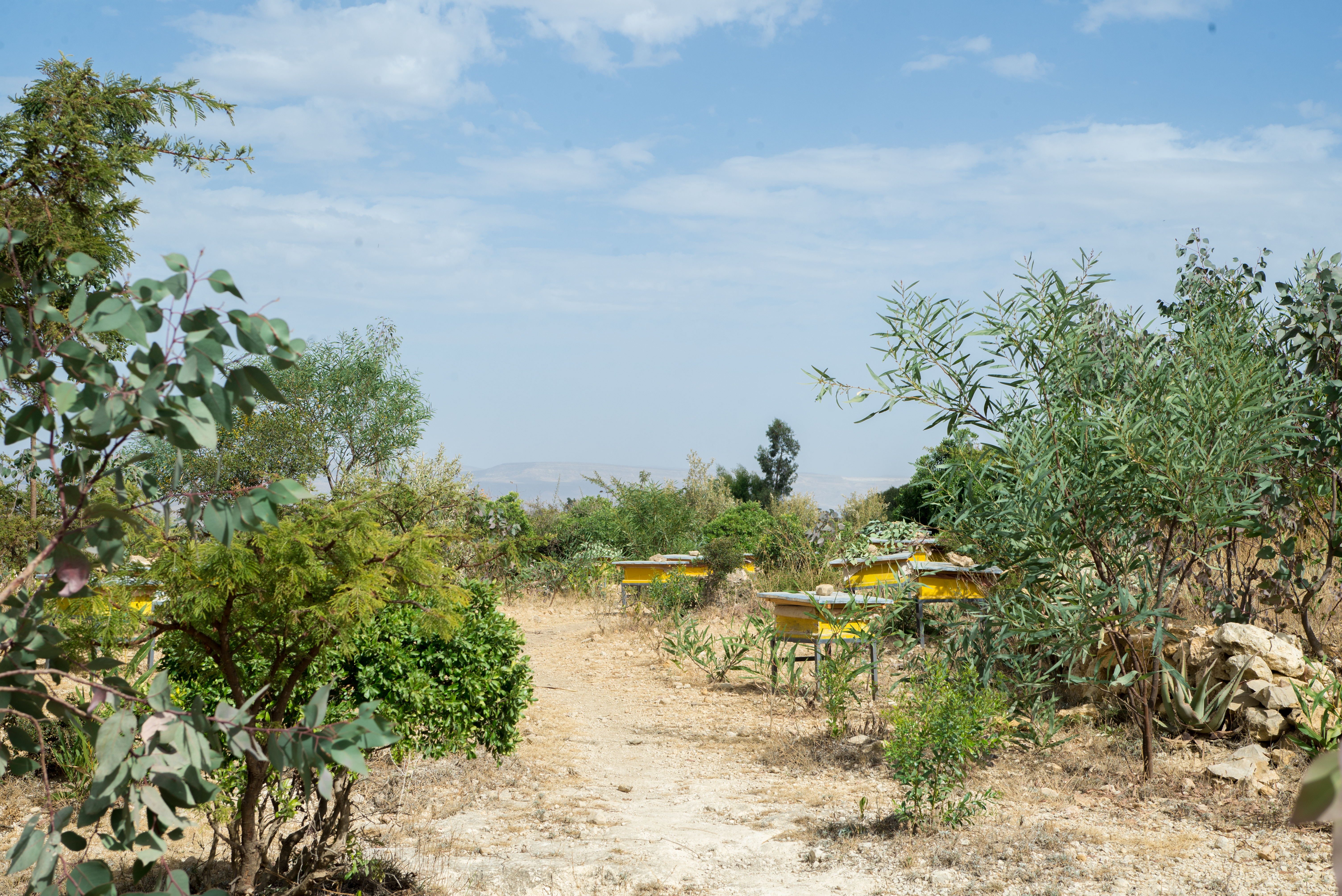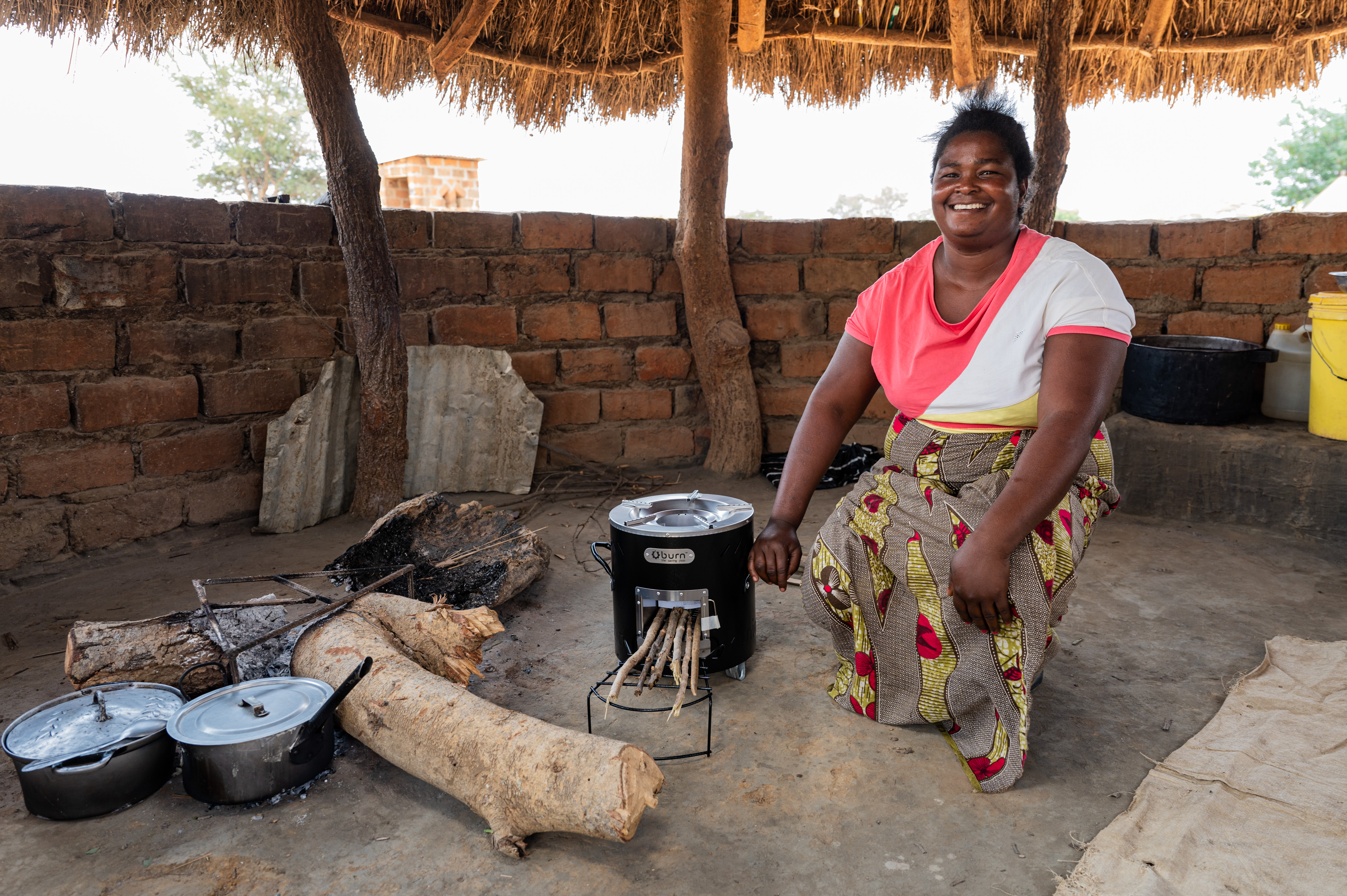Contributing to health, the environment, and gender equality with improved cookstoves
Over 800 million people in India cook over open fires or on traditional clay stoves called chulhas. As this method of cooking produces heavy smoke, it has serious health impacts and leads to respiratory and other diseases that cause about 1 million premature deaths every year in India alone.
This climate project aims to replace chulhas in the Indian state of Karnataka with improved cookstoves that reduce smoke by 70 percent. These cookstoves also save two-thirds of the fuel needed – usually collected firewood – and thus make a valuable contribution to climate action by saving around 200,000 tonnes of CO2 emissions annually.
Improved cookstoves also contribute to gender equality: Women are usually responsible for cooking and collecting firewood, so traditional chulhas and the associated smoke are one of the biggest health hazards for women and children. Improved cookstoves save productive time that can be invested in education or additional income.

According to a statistic from the World Health Organization (WHO, 2024) around a third of the global population still relies on unsafe and environmentally harmful cooking methods. This includes, for example, cooking over open fires or using polluting cooking fuels, such as coal or kerosene. Improved cookstoves tackle this problem by using thermal energy more efficiently.
Depending on the model, an improved cookstove can reduce fuel consumption by up to 70 percent, which significantly saves CO2 emissions and can lower the pressure on local forests as less firewood needs to be harvested.
Improved cookstove projects allow the distribution of the - often simple - devices made from metal or clay to households, small enterprises or community facilities. Especially for households, this has an impact beyond the CO2 reduction: better indoor air quality decreases respiratory diseases and families can save time and money as less fuel is needed. Improved cookstoves projects in the ClimatePartner portfolio are registered with international standards.
Explore our projects
Biochar for Climate Action, Healthy Soils, and Better Harvests

A certified climate project combined with additional commitment

Expansion of renewable energy generation in Asia

Ceramic water filters save CO2 and improve health

Improved cookstoves worldwide – for better health and cleaner air

A certified climate project combined with additional commitment

Powering access to renewable energy in Africa

A certified climate project combined with additional commitment

Restored ecosystems remove carbon

Turning degraded farmlands into healthy ecosystems

Improved cookstoves - better for health and the environment



















